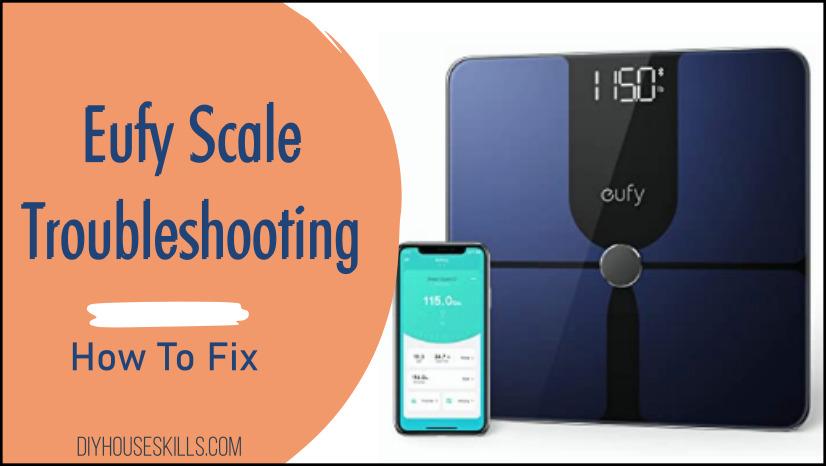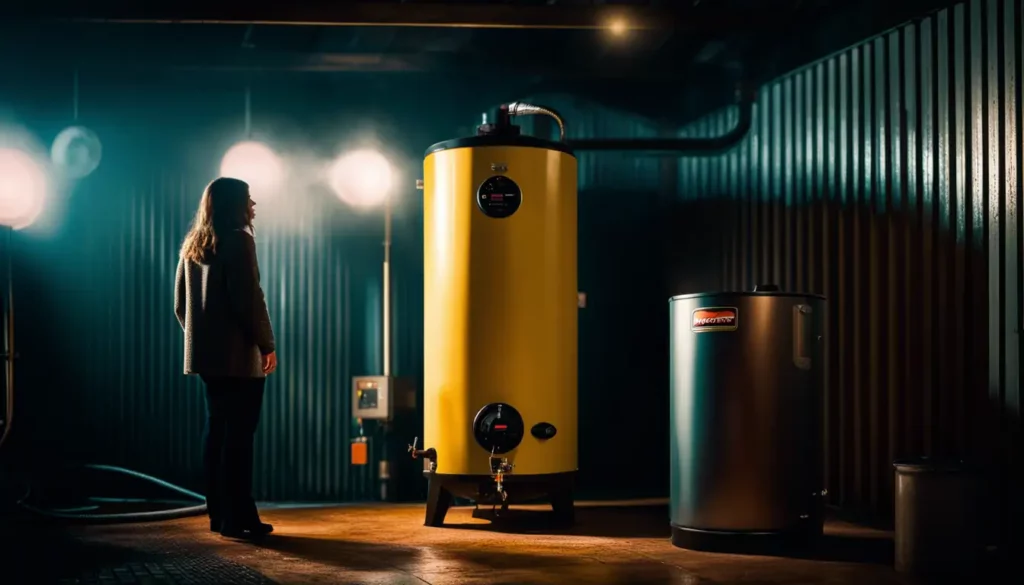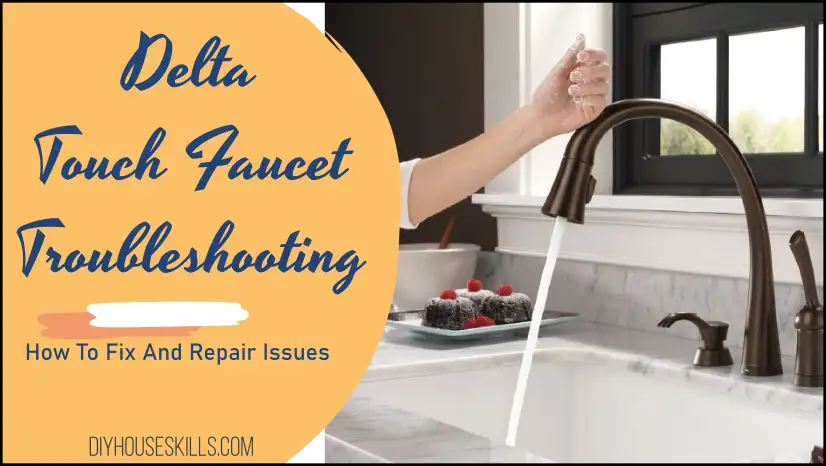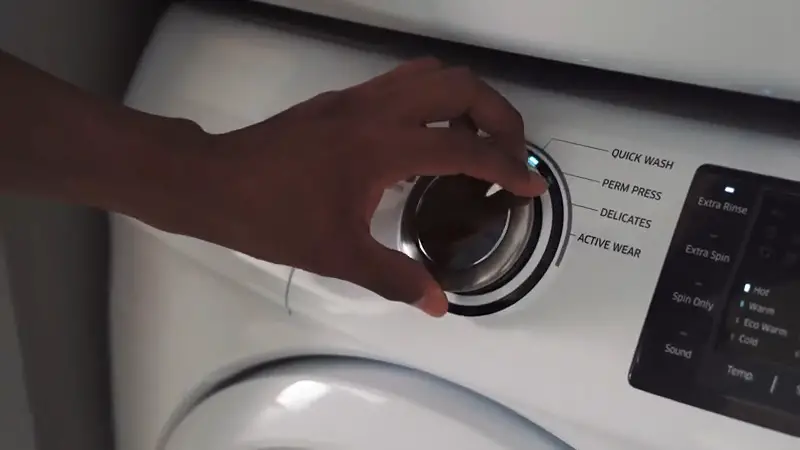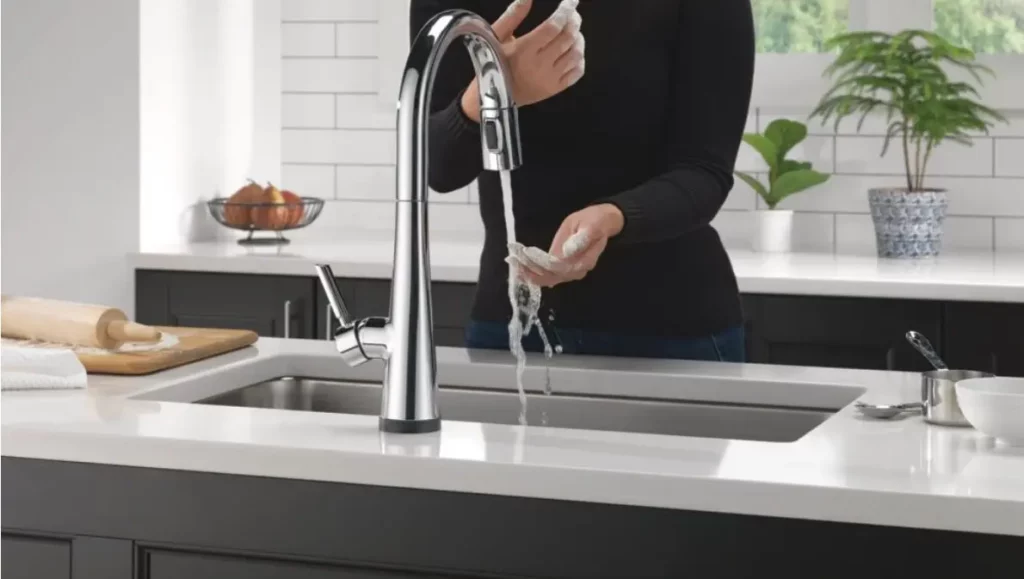Experiencing a clogged or slow shower drain can be frustrating and difficult to resolve. Fortunately, there are some easy steps you can take to unclog your shower drain without having to call in a professional.
This article has eight easy ways you can get your shower drain running smoothly once again. I have used all eight and know they are effective.
I also advise against using chemical-based drain cleaners for a number of reasons which are at the end of this article.
- Reasons For Clogged Drains
- First: Clean the Removable Strainer
- Way #1: Use a Wire Hanger
- Way #2: Use Boiling Water
- Way #3: Use Baking Soda and Vinegar
- Way #4: Use a Plumber’s Snake
- Way #5: Use a Plunger
- Way #6: Use an Enzyme-Based Cleaner
- Way #7: Use Dishwashing Detergent
- Way #8: Call a Professional Plumber
- Say No to Chemical Cleaners
THIS POST MAY CONTAIN AFFILIATE LINKS. As an Amazon Associate, I earn from qualifying purchases. PLEASE READ MY DISCLOSURE FOR MORE INFO.
Reasons For Clogged Drains
Slow shower drains can be caused by a variety of factors. Hair, soap scum, and dirt can easily build up and create blockages in the pipes. If a clog isn’t removed, it can lead to a slow drain where water will take longer than usual to leave the tub.
Most often, the cause of a clogged or slow shower drain is an excessive amount of hair, soap scum, dirt, and other small objects which accumulate in the pipe over time.
Tip: You should regularly clean the drain with a homemade solution of baking soda and distilled vinegar to maintain a clear flow.
Additionally, hard water can also cause minerals to build up over time in your drain line. Common signs of a clog include water pooling at the bottom of your shower or tub and slow drainage when running water from your faucet.
For related information, see my article How Do You Fix A Garbage Disposal That Won’t Drain?, or my article about dishwasher drainage issues and how to fix them.
Who is This For?
Can an average homeowner use these steps to unclog their drain?
Absolutely. All of the steps mentioned are easily achievable for an average homeowner. With the right tools and a bit of know-how, you can unclog your drain in no time.
However, if any of these methods don’t yield success, it’s always best to contact a professional plumber to avoid damaging your plumbing system.
Let’s look at 5 steps you can use to unclog your drain. Also, I have some preventive maintenance steps you can take for your shower drain.
First: Clean the Removable Strainer
First up in unclogging a slow shower drain is to clean the removable strainer. Homeowners should start by accessing and removing the strainer, which is typically located on top of the drain.
Why do this? Well, hair and other things can and will gather here over time and lead to clogging issues. So it is best to remove the strainer and clean both sides.
Typically, a screwdriver will be needed to loosen the screw holding the strainer in place. Once loosened, carefully lift the strainer out of its base and set it aside for further cleaning. Be sure not to drop the screw down the drain.
Now, it’s important to clean out any build-up and debris from inside the strainer that may be preventing water from properly draining. This can be done with a small hand brush or by hand.
After cleaning, make sure to replace the strainer back the way it was.
Way #1: Use a Wire Hanger
To unclog a slow shower drain you’ll need to inspect the drain itself. You should start by carefully inspecting the inside of their shower drain for any objects or debris blocking normal water flow.
If there is an object stuck in the drain, it should be removed with a long-handled tool or wire hanger if possible. Be sure to use tools carefully so that no damage is done to the pipes or surfaces.
Unclogging a shower drain with a wire hanger is an easy and inexpensive way to get rid of clogs. Here are the steps:
- Begin by straightening the wire hanger out.
- Unhook one end of the hanger so it creates a loop.
- Push the loop through the drain opening and carefully maneuver it around until it reaches the clog.
- Gently pull up on the hanger to dislodge any debris that is stuck in the pipes.
- Repeat these steps until all obstructions have been removed from the drain and water is able to freely flow again without any blockages or backups.
Once all blockages are removed, make sure to flush out any residual debris by running hot water down the drain for several minutes.
Want to try a plastic tool designed to clean drains instead of a wire hanger? Then try: Zip-It Hair Clog Removal 25-inch Drain Snake Cleaner. It is a flexible 25-inch drain cleaner tool that removes hair and other things, found on Amazon.
Way #2: Use Boiling Water
If the wire hanger did not clean out the drain completely, try using boiling water. Boiling water can be poured directly into the opening of the shower drain, helping to loosen and dislodge any kind of build-up from organic matter or dirt.
The amount of time needed for the boiling water to work will depend on the severity of the clog but usually, 15 minutes are enough.
Cleaning a drain with boiling water is a safe and effective way to get rid of clogs. Here are the steps:
- Start by filling a pot or kettle with two to three quarts of water and bringing it to a rolling boil.
- Carefully pour the boiling water slowly down into the drain, aiming for the area where the clog is likely located. The hot water should break down any debris in its path and flush it out of the pipes.
- After pouring all of the boiling water, leave it for about 15 minutes before flushing cold water through the drain to finish cleaning up any residue that may be remaining.
- Repeat this process a few more times if necessary until all obstructions have been removed and there aren’t any blockages or backups in the drain anymore.
Tip: You can use boiling water in combination with the wire hanger if you wish. That is, try pouring some boiling water down the drain first, wait a few minutes, then use the wire hanger.
Way #3: Use Baking Soda and Vinegar
The 3rd way in unclogging a slow shower drain is to use a mixture of baking soda and vinegar. The chemical reaction between the baking soda and vinegar will help break up the clog and allow any remaining debris to be flushed out with hot water.
Cleaning a drain with baking soda and vinegar is an easy, and natural way to get rid of clogs. Here are the steps:
- Start by pouring one cup of baking soda down the drain, followed by one cup of white vinegar.
- Allow the mixture to sit in the drain for about 45 minutes as it begins to dissolve and break up any debris that may be obstructing the pipes.
- After 45 minutes have passed, fill a pot or kettle with two quarts of boiling water and pour it carefully down into the drain. The combination of hot water and vinegar should finish clearing away any remaining blockages or residue in the pipes.
- Finish up by running cold water through the drain for a few minutes afterward to make sure everything is rinsed out.
Alternatively, you can mix the baking soda and vinegar together beforehand to make a paste. This is a little more difficult to get into the drain, however. Also know, the mixture will bubble up considerably.
To create a paste: Start by mixing one cup of baking soda with 1/2 cup of white distilled vinegar in a bowl. Then follow the same steps as above.
Tip: When mixing, the baking soda (sodium bicarbonate) and vinegar (acetic acid) create a bubbling reaction that produces carbon dioxide which aids in breaking down debris stuck in the pipes. The heat from the boiling water further enhances this reaction, breaking up any remaining blockages or residue that may be present.
Way #4: Use a Plumber’s Snake
Next, try a plumber’s snake or auger. You’ve probably seen this, it uses flexible metal coils that can reach deep into the drain and break up clogs.
Here are a few tips for properly using a plumber’s snake to clean drains:
- Insert the end of the snake into the drain and turn the handle clockwise until it reaches the clog.
- Once you reach the blockage, gently move the snake back and forth to break up the debris.
- Do not force the snake farther down than necessary, as this may damage your pipes or cause further blockages.
- Slowly pull out the snake once you have broken up all of the debris, making sure that any pieces that were dislodged come with it.
- Dispose of any clogged material appropriately and flush water down through your drain to ensure there is nothing left behind before putting away your tools.
Need a snake? Try this one from Amazon: FlexiSnake Drain Weasel Sink Snake Cleaner – 18-inch – Drain Hair Clog Remover Tool with Rotating Handle.
When using a plumber’s snake, it is important to be careful and take some safety precautions to prevent damage. Here are some safety tips:
- Wear protective gloves and eyewear when handling the snake and other tools.
- Carefully read the instructions before using your snake and make sure you understand how it works.
- When handling a drain snake, be aware of its sharpness and take extra caution when winding or unwinding it around pipes or in tight spaces.
- Make sure you are careful when pushing the snake into the drain, as too much force can lead to damage to your pipes or cause further blockages.
Way #5: Use a Plunger
Way #5 is using a plumbing plunger. It only takes a few simple steps and, with the right technique, can quickly clear out most debris that might be blocking the pipe. However, it’s important to note that this method may not always be enough to solve more complex issues.
Here are the steps to using a plunger to clean a drain:
- Begin by blocking off the overflow, which is located on the side of your sink or bathtub. This will help create suction and make it easier to clear out any blockages.
- You may need to apply some petroleum jelly around the rim of the plunger head, as this will create an airtight seal when you place it over the clogged drain opening.
- Push down firmly on the plunger handle a few times and then quickly pull up in order to generate pressure within the drainpipe itself. You may need to repeat this process several times before achieving results.
- Flush water through your drain to check that the clog has been removed.
Way #6: Use an Enzyme-Based Cleaner
An enzyme-based cleaner is a non-toxic, biodegradable solution made of natural ingredients such as plants and vegetable extracts.
It is designed to break down organic matter and grease in drain pipes, so it can be used safely to help unclog clogged drains without introducing harsh chemicals into the environment.
This type of cleaner is typically safe for both people and pets, making it an ideal option for households that want to keep their plumbing systems working properly.
Using an enzyme-based cleaner is a good alternative to chemical cleaners when it comes to unclogging shower drains.
- Start by pouring the enzyme-based cleaner down the drain.
- Let the cleaner sit for at least 30 minutes. This will allow the enzymes to break down any organic matter in the pipes.
- After waiting, flush the drain with hot water for several minutes.
- For tougher clogs, you may need to repeat this process several times before all blockages are cleared away.
An example is the Green Gobbler Enzyme Drain Cleaner from Amazon, but there are many to choose from.
Tip: These cleaners can be found in most supermarkets and hardware stores, as well as online. When using the product, always follow the instructions provided by the manufacturer. Also, make sure to wear gloves and eye protection when handling the cleaner to be safe.
Way #7: Use Dishwashing Detergent
This step is to use dishwashing detergent. Dishwashing detergent may seem like an appealing option for cleaning clogged drains, but it’s important to understand that it’s not always the best solution.
While it can offer some relief from minor blockages(think grease or oil), more serious build-ups will require a more powerful and targeted approach.
Dishwashing detergent is also far less effective at breaking up tough grime and debris, making it necessary to resort to stronger methods such as using a plunger or drain snake. That said, in certain situations, it might be worth trying dishwashing detergent if you don’t have other options readily available to you.
Cleaning a drain with dishwashing detergent involves a few simple steps.
- First, pour one cup of hot water down the drain.
- Next, add 1/4 to 1/2 cup of liquid dishwashing detergent, depending on the severity of the clog.
- Let the mixture sit in the drain for 15-20 minutes before flushing it out with hot water.
Tip: This helps lubricate and break down blockages caused by oils, fats, and minerals in the water supply.
Way #8: Call a Professional Plumber
If all of the other ways to clear a slow shower drain have failed, it may be time to call a professional. Finding a reliable plumber is easy; you can look for reviews online or ask for recommendations from family and friends.
It’s important to research a few different companies before deciding on one, as prices can vary greatly depending on the service provider.
Generally speaking, plumbers will charge according to how long it takes to fix the problem and the complexity of the job; simple fixes are usually less expensive than complex plumbing repairs.
Be sure to ask plenty of questions about the price before having any work done so that there are no surprises later.
Say No to Chemical Cleaners
Chemical drain cleaners are not a great option for most people due to their ineffectiveness and potential health hazards.
The process by which they work is relatively simple; the chemicals react with the clog to break it down so it can be washed away. Unfortunately, these cleaners usually create more of a mess than they solve.
These solutions often contain harsh chemicals, such as lye, sodium hydroxide, bleach, and sulfuric acid, which can cause skin irritation or burn if not handled correctly. Not to mention they can harm the environment.
Furthermore, chemical drain cleaners may not be very effective at breaking down organic matter and grease, meaning they may not completely unclog the clogged drain. They also have a high pH level, meaning they could damage the pipes further or leave behind dangerous residue.
Additionally, the use of these chemicals can be dangerous for pets and young children who come into contact with these solutions. For these reasons, enzyme-based cleaners are generally a better alternative to chemical cleaners when it comes to clearing clogged drains.

I’m J.S., I created and am the content manager at DIYHouseSkills.com. I do the research and write the articles that appear on this website. I’ve learned many household skills during my life and think it’s important to at least know the basics so that you can save yourself time and money… READ FULL BIO >
- Eufy Scale Troubleshooting | How To FixLooking for Eufy scale troubleshooting to resolve issues you are having? This article goes step by step through troubleshooting procedures. Eufy scale troubleshooting will get to the cause of issues encountered and get the scale working properly again. How To Fix Eufy Scale Not Working I’ve tried to cover questions users frequently have with their Eufy scale. Let’s … Read more
- Flushing Water Heater Sediment Like a Pro: The Homeowner’s HandbookEnsuring your water heater remains efficient and effective is crucial for any household, yet sediment buildup can significantly compromise its performance. This article will guide you through understanding why sediment accumulates, the issues it can cause, and provide straightforward steps to safely flush your water heater at home, saving you time and possibly extensive repair costs. It’s a … Read more
- Delta Touch Faucet Not Working? Here’s What to Do!Navigating the complexities of modern home technology can occasionally present challenges, such as those encountered with the Delta Touch Faucet. This guide is designed to simplify these challenges by providing detailed solutions to common issues, ensuring your faucet functions optimally with minimal hassle. Delta Touch kitchen faucet troubleshooting can resolve your problems by following the procedures below and … Read more
- What Does “SE” Mean on My Samsung Washer?Seeing the dreaded “SE” error code on your Samsung washer can be frustrating, but don’t panic. This guide will help you understand what it means, diagnose the cause, and walk you through potential solutions to get your laundry cycle back on track. Understanding the “SE” Error First things first, what exactly does “SE” mean on a Samsung washer? … Read more
- How to Disable the Touch Feature on a Delta FaucetSometimes the convenience of a touch-activated faucet isn’t so convenient – like when you’re cleaning, have messy hands, or maybe the feature is just behaving a bit erratically. If you need to temporarily or permanently disable your Delta touch faucet this article tells you how. The process is quick and painless. Steps to Turn Off Touch Feature on … Read more


